São Paulo, the gateway to Brazil’s backcountry is the largest city in South America. Located on the Piratininga plateau and encompassed by rivers that spread out into the interior, Sao Paulo is one of the largest and most developed cities in the world. It is also the economic center of Brazil and South America.
Here is a list of some of the top tourist attractions in Sao Paulo:
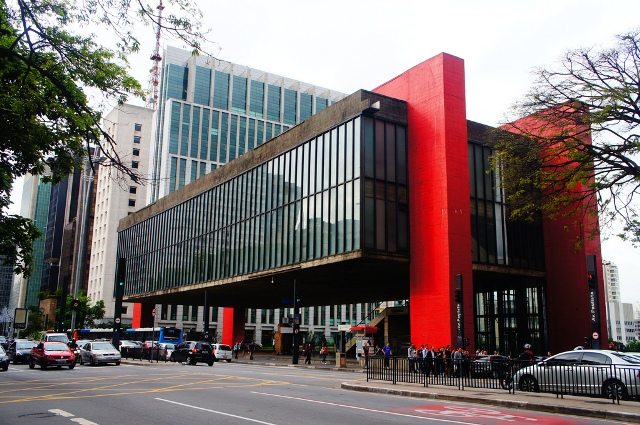
Museu de Arte
The São Paulo Museum of Art, also known as MASP, opened in 1968 holds some of the finest European Art collection in South America. If you are an art lover, the MASP is a must-see attraction in Sao Paulo. Here you can see the superb works by some of the famous masters, including Renoir, Picasso, Van Gogh, Debret, Matisse, Manet and Miró. The building, designed by Brazilian-Italian architect Lina Bo Bardi, is a work in itself. The museum is quite large and if you wish to enjoy the paintings in detail, then you should plan two or more days here.
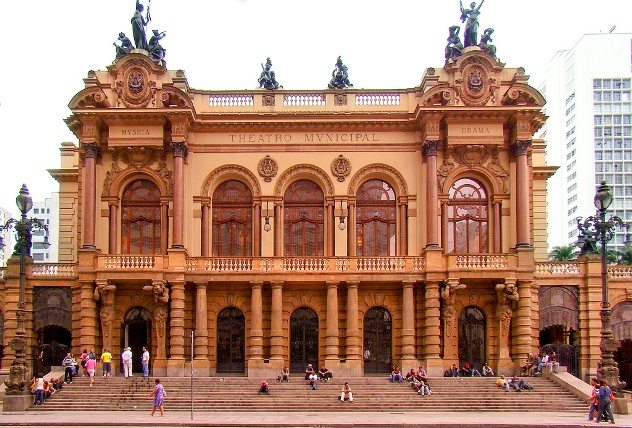
Teatro Municipal (City Theater)
The beautifully decorated Municipal Theater of São Paulo was modeled by Architect Ramos de Azevedo after the Paris Opéra. Featuring an eclectic mixture of Art Nouveau and Italian Renaissance themes, this aureate architectural marvel was created to project the importance of Sao Paulo on the international arts scene. A prima center for the performing arts in South America, the theater has hosted many performances by globally celebrated singers, musicians, dancers and performing artists such as Carla Fracci, Enrico Caruso, Rudolf Nureyev, Arturo Toscanini, Titta Ruffo, Maria Callas and Mikhail Baryshnikov. The theater was recently restored to its original grandeur in 2011 and continues to host world-class operas and other spectacular performances.
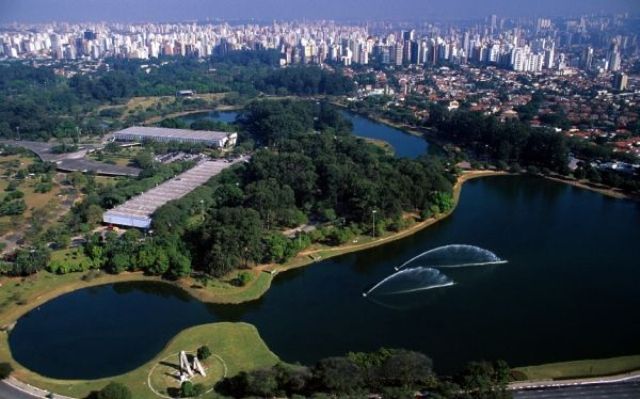
Parque do Ibirapuera (Ibirapuera Park)
Ibirapuera Park, landscaped by architect Roberto Burle Marx, with buildings designed by Oscar Niemeyer is an important recreational spot and is one of the main tourist attractions in Sao Paulo. The vast green area with its museums, monuments, playgrounds, gardens, bikeways, trails, lakes, sport courts and performance areas is a relaxation paradise for the people of São Paulo, as well as those who visit the city. Admission to the park is free, except when special events are held there. The Bandeiras Monument, Auditório Ibirapuera, Museu da Aeronáutica e do Folclore and Museu Afro-Brasil are the other attractions here that showcase the social and cultural history of Brazil.
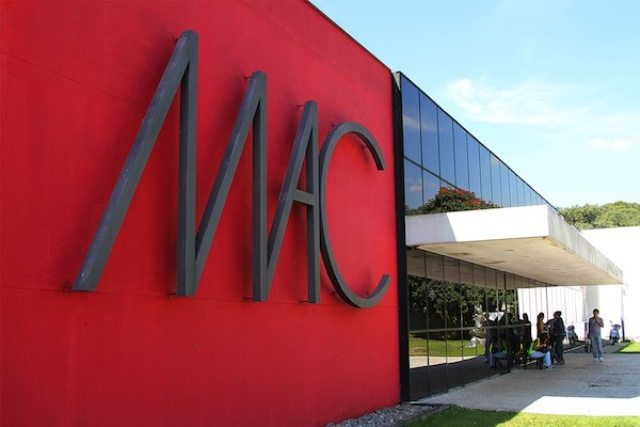
Museu de Arte Contemporânea (Contemporary Art Museum)
The Museum of Contemporary Art, one of the largest art museums in the country is a contemporary art museum located inside the Ibirapuera Park. Designed by Oscar Niemeyer and completed in the year 1957, the place host several special exhibitions and shows. The museum houses more than 8,000 pieces, which represent a large variety of art works by famous artists like Picasso, Léger, Modigliani, Tarsila do Amaral, Portinari, Anita Malfatti, and Di Cavalcanti. The Sculpture Garden, which displays 30 large works of art in an outdoor setting was designed by Roberto Burle Marx.
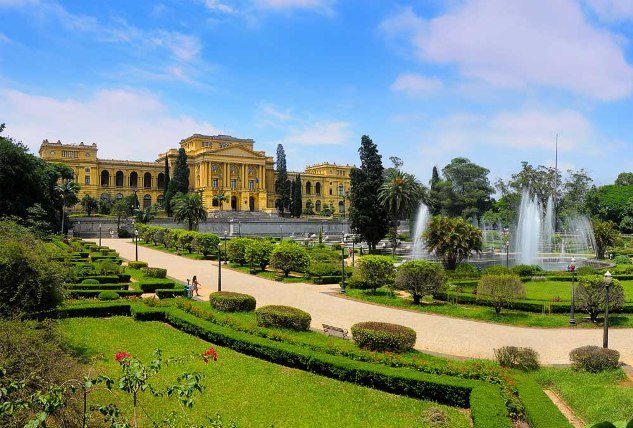
Parque da Independància and Museu Paulista
The Independence Park, located in the Ipiranga district commemorates the independence of Brazil, which was proclaimed in 1822 by Prince Pedro. The Museu Paulista, also known as the Museu do Ipiranga overlooks the palace, rose gardens, fountains and topiaries inspired by the gardens of Versailles. Inside the museum, you can find an excellent collections of paintings, decorative arts, costumes and furniture of the Imperial Period.
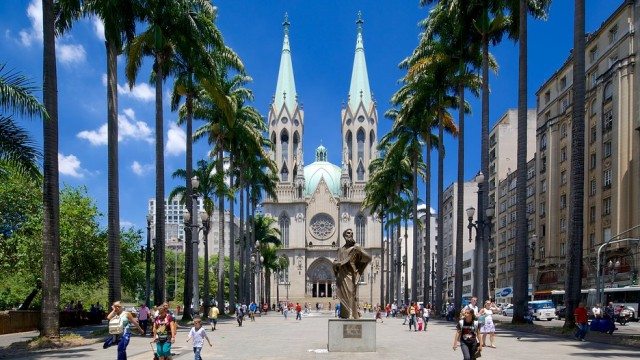
Sé (Cathedral)
The neo-Gothic cathedral, which took more than 50 years to build was constructed on the site of an earlier cathedral. The delay in the completion of the building was due to the two world wars, which made it hard to get the mosaics and other decorative elements from Italy. The front of the building are adorned with statues of Old Testament prophets and Christ’s disciples. The inside of the cathedral also has many fascinating features, including stained glass windows and the 10,000-pipe organ. The burial chamber below the main church features tombs and marble sculptures.
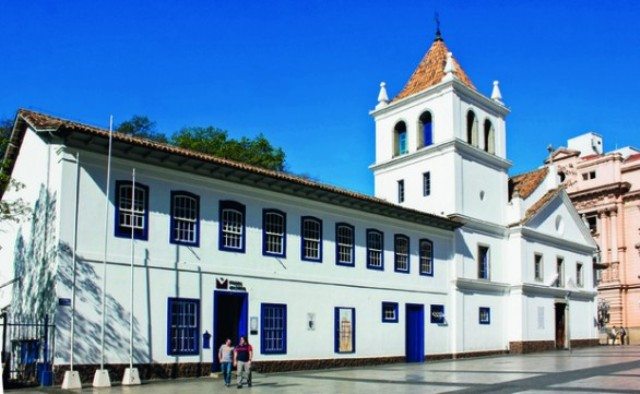
Pátio do Colégio
Located north of Praça da Sé and the cathedral, the square known as Pátio do Colégio represents the site where the city was founded in 1554. It was here that Manuel de Nóbrega and José de Anchieta founded the College of the Society of Jesus and the first mass in the settlement was celebrated on January 25, 1554. The Historical Museum and the Capela de Anchieta occupies the plaza now. Not much of the 16th century building remains except for the doors and a stretch of clay wall.
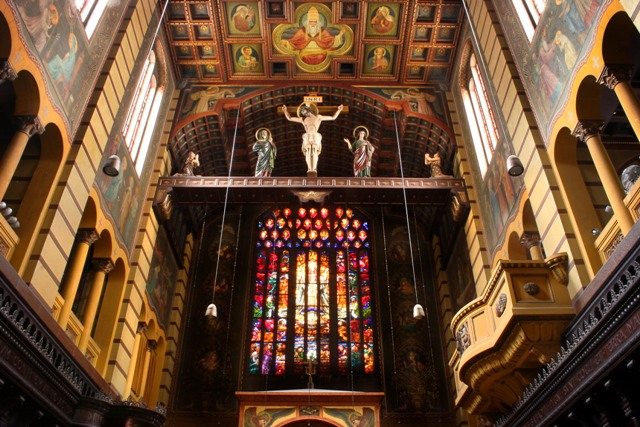
Mosteiro de São Bento
The São Bento Monastery and its church, founded in the late 16th century, are the most important religious sites in Brazil and one of the most visited attractions in São Paulo. Although its exterior is rather plain and modern, you will be overwhelmed by the visual aspect of the interior. Beautifully painted with rich colors, the monastery features 17th-century statues of St. Benedict and St. Scholastica, a crucifix dating back to 1777, some impressive stained glass and an image of the Virgin in a robe set with pearls. You also have the opportunity to sample the fruit jams, cakes, bread and chocolate made by Benedictine monks and listen to Gregorian chants at this grand monastery.
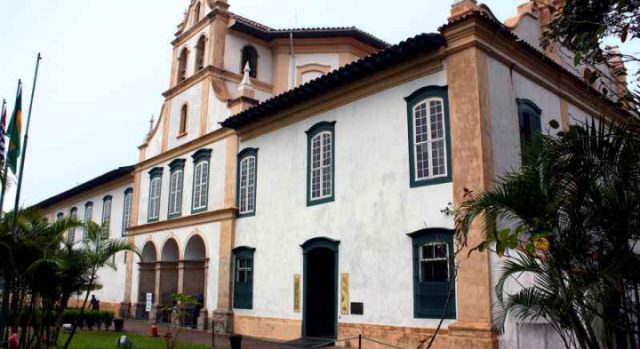
Nossa Senhora da Luz
The convent and church of Nossa Senhora da Luz, situated on Avenida Tiradentes are great examples of the traditional architecture of São Paulo. Built in the 18th century, the Nossa Senhora da Luz convent now has a Museum of Sacred Art that has a huge collection of about 11,000 items from the 16th through 19th centuries, including altarpieces, statues, pictures and furniture. The Pinacoteca do Estado, the State Picture Gallery is another attraction in São Paulo, which contains about 2,500 pictures and drawings, mostly by artists from Brazil.
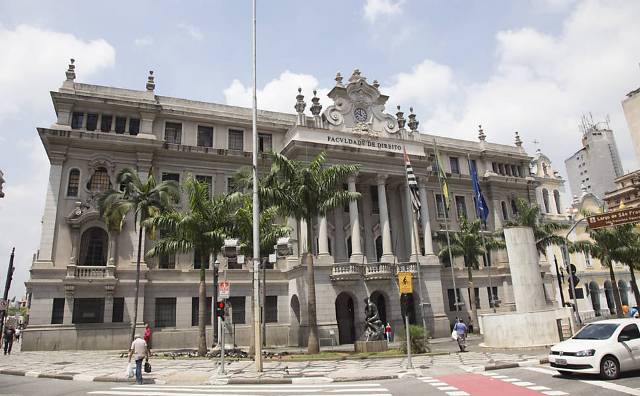
Largo de São Francisco
Largo de São Francisco is a street situated to the west of the cathedral and the Pátio do Colégio in São Paulo. One of the main buildings in the complex is the Igreja de São Francisco de Assis, the church of St. Francis, which was built in 1644. It is one of the oldest churches in the city with an interior based on Portugal with abundant gold flourishes. However the neighboring church of the Ordem Terceira de São Francisco, the Third (lay) Franciscan Order that was constructed from 1676 to 1791 is closed to visitors because it has become too old. Another attraction in the complex is the Franciscan friary, which has been occupied by the Law Faculty of São Paulo University since 1828.
Unlike many other famous cities, where almost all the main attractions are located nearby, those of São Paulo are spread across the city. But luckily the city has a good Metro system that helps tourists reach all these destinations easily. Being the economic centre of Brazil and South America, many travelers to Brazil, in search of culture and enjoyment, write off Sao Paulo as mostly a commercial centre with nothing exciting to offer. However, with museums, theatres, galleries, and world-wide cuisine, the city offers plenty of things to do and experience.







